I bit my tongue when she jumped over to join the sheep and I. She wasn’t running the sheep amuck. In fact, I found the newly freed pup when she brought my bred ewes close to me as she could. A fence separated these ewes from the field where I working. Jolene brought them held them quietly on the fence. It could have been ugly and I would have still needed to keep my cool. Luckily I could just smile and call her off. Two rare experiences!
I’m not a fan of dogs jumping fences. And Jolene hasn’t shown an inclination to be an escape artist so I chose not to correct her. For prevention I’ll manage her carefully. I won’t have her out in the “play yard” when I’m doing any sheep chores or training. Either she will be with me or in a kennel. Once Jolene has a solid start I will revisit the fence. Scolding her if needed to help her gain respect of the fence. But not yet.
January taught me a lot about my pups. Mott and Jolene have been exposed to sheep every couple of weeks since mid December and are beginning to show a little of their method and mindsets.
My pint-sized collie Jolene has a knack of finding balance and shows a slight...very slight...give or pause once she arrives there and then motors forward. I also like that she is available to hear me and partner with me already. I’m able to call her to me and walk away from the sheep without her on a line. When her "call off" stops working, which is well within the realm of possibility, I can pick her up! She is a tiny little beast.
Mott is keen as mustard but doesn’t show the inclination to get behind the sheep without a little help from me. He has a bigger cast than Jolene and a bigger bite. The bite seems to come from a place of excitability verses fear as his distance might indicate. His tail is more relaxed than Jolene’s but the transitions from changing directions on his flanks, when he looses ground and the sheep take flight, Yeehaw--just a little too much excitement for Mott’s young brain right now.
The pups have ample feel and are positive on their sheep. Comfortable with eye contact but will release their eye so there isn’t too much slicing/tension--some of course--but it looks like they will be naturally clean flanking dogs.
Both are willing to partner and view the sheep as something we do together which is a great attribute.
Their bodies are growing like weeds right now so I will still be careful with the exposure to insure no pup gets hurt. I have great puppy sheep to use and some heavy lambs I’ll introduce them too in a month or two.
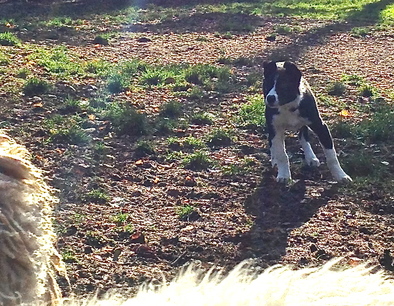
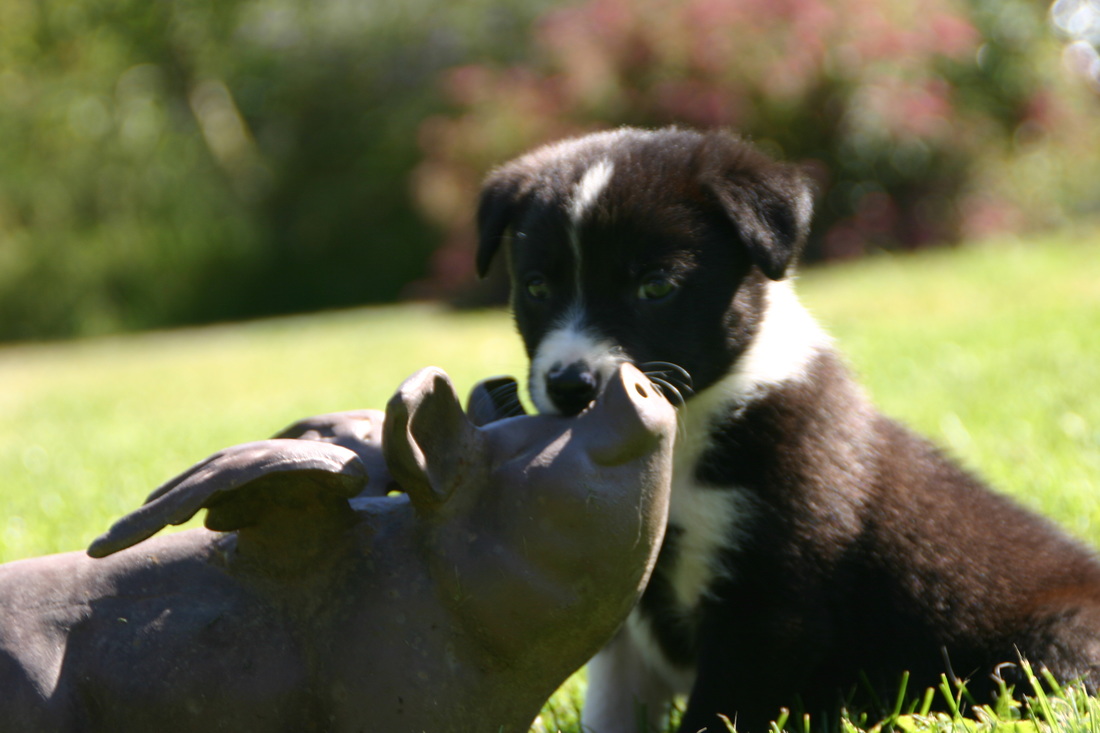
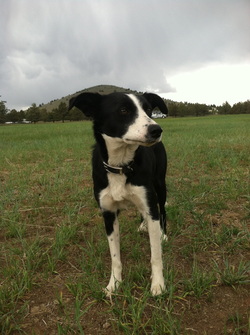
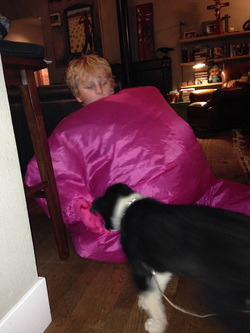
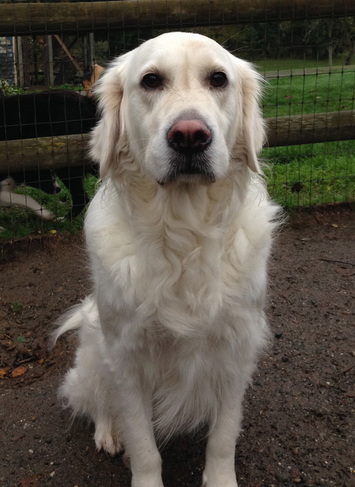
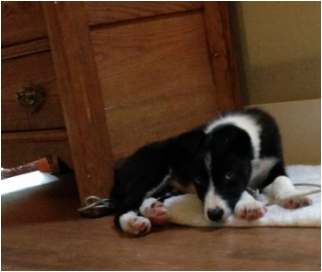
 RSS Feed
RSS Feed